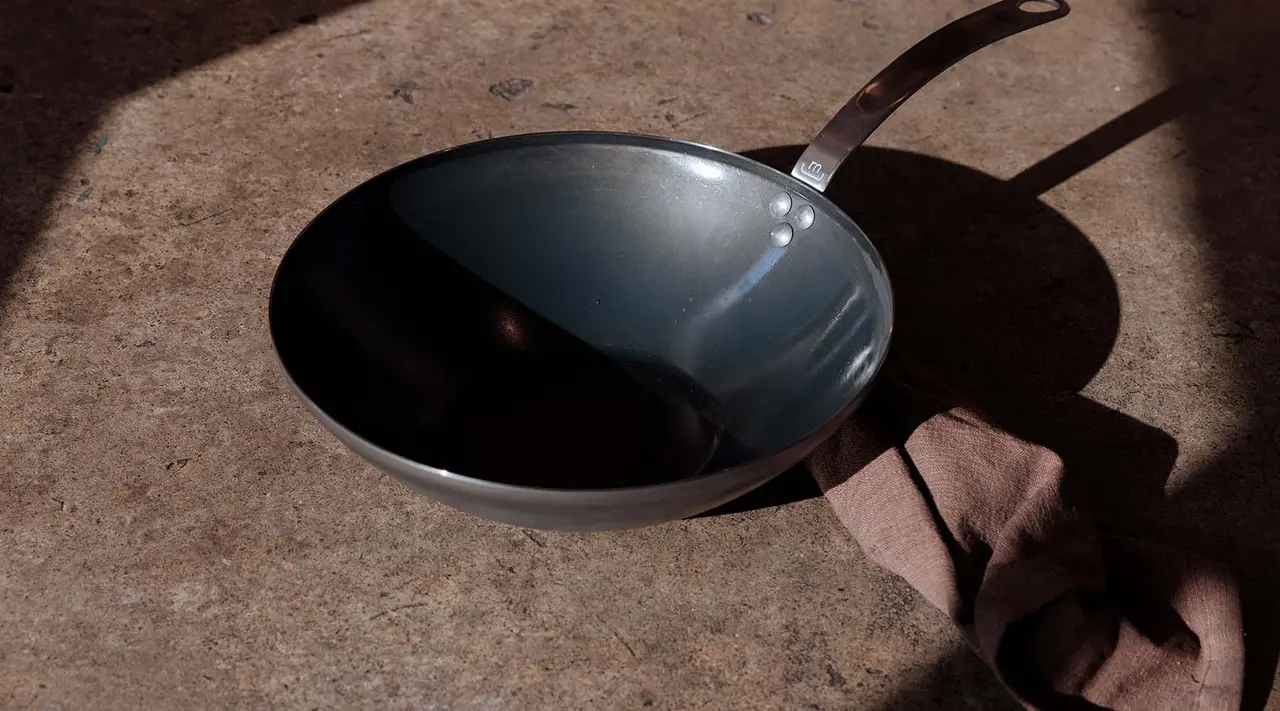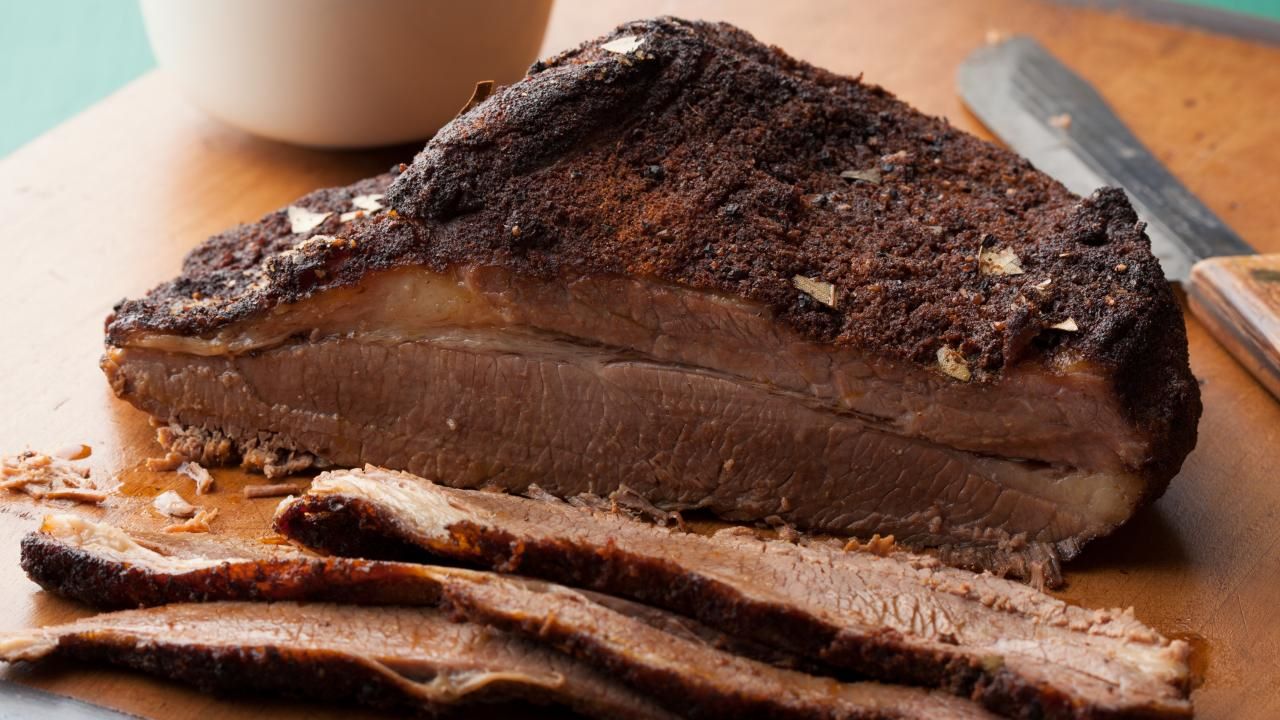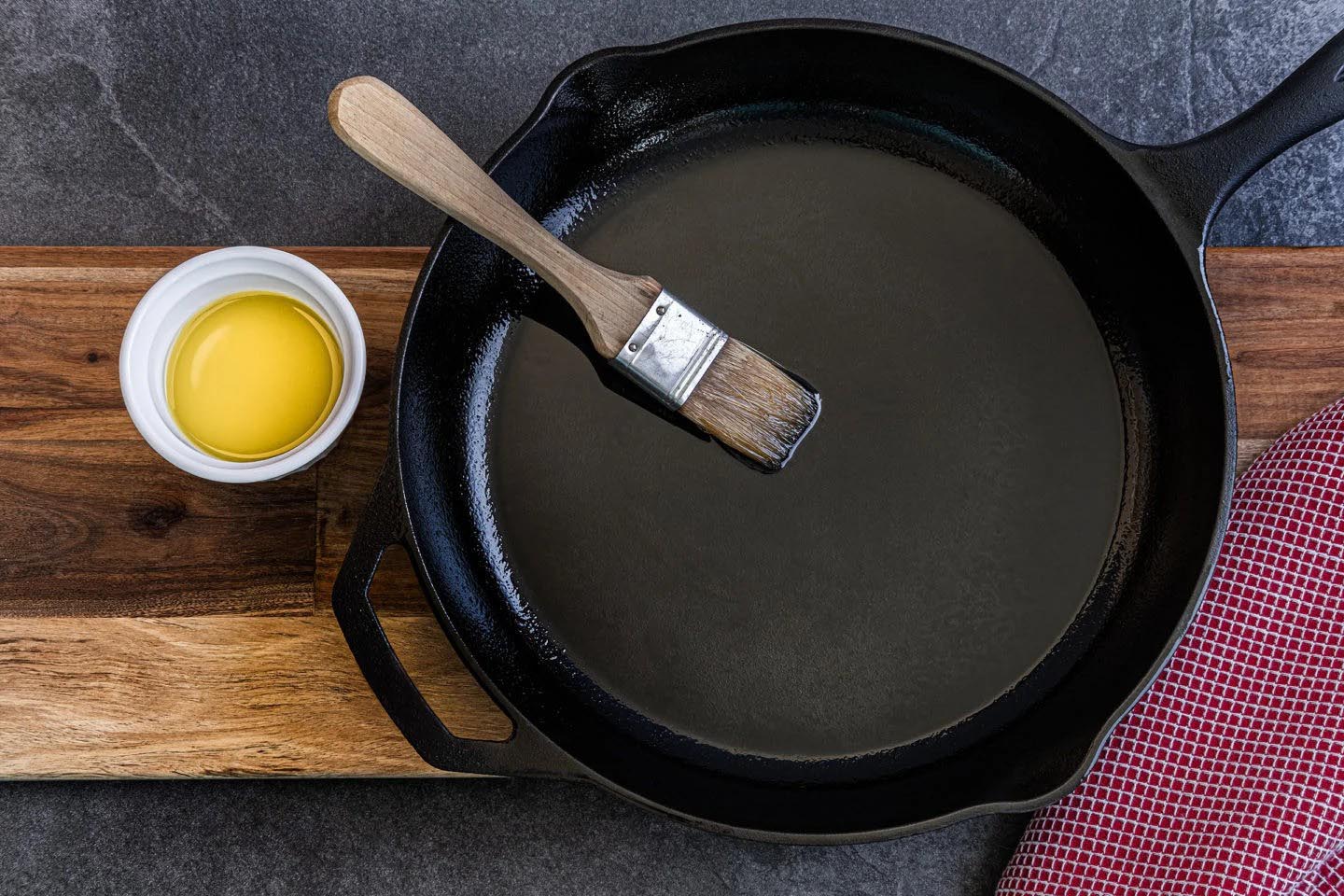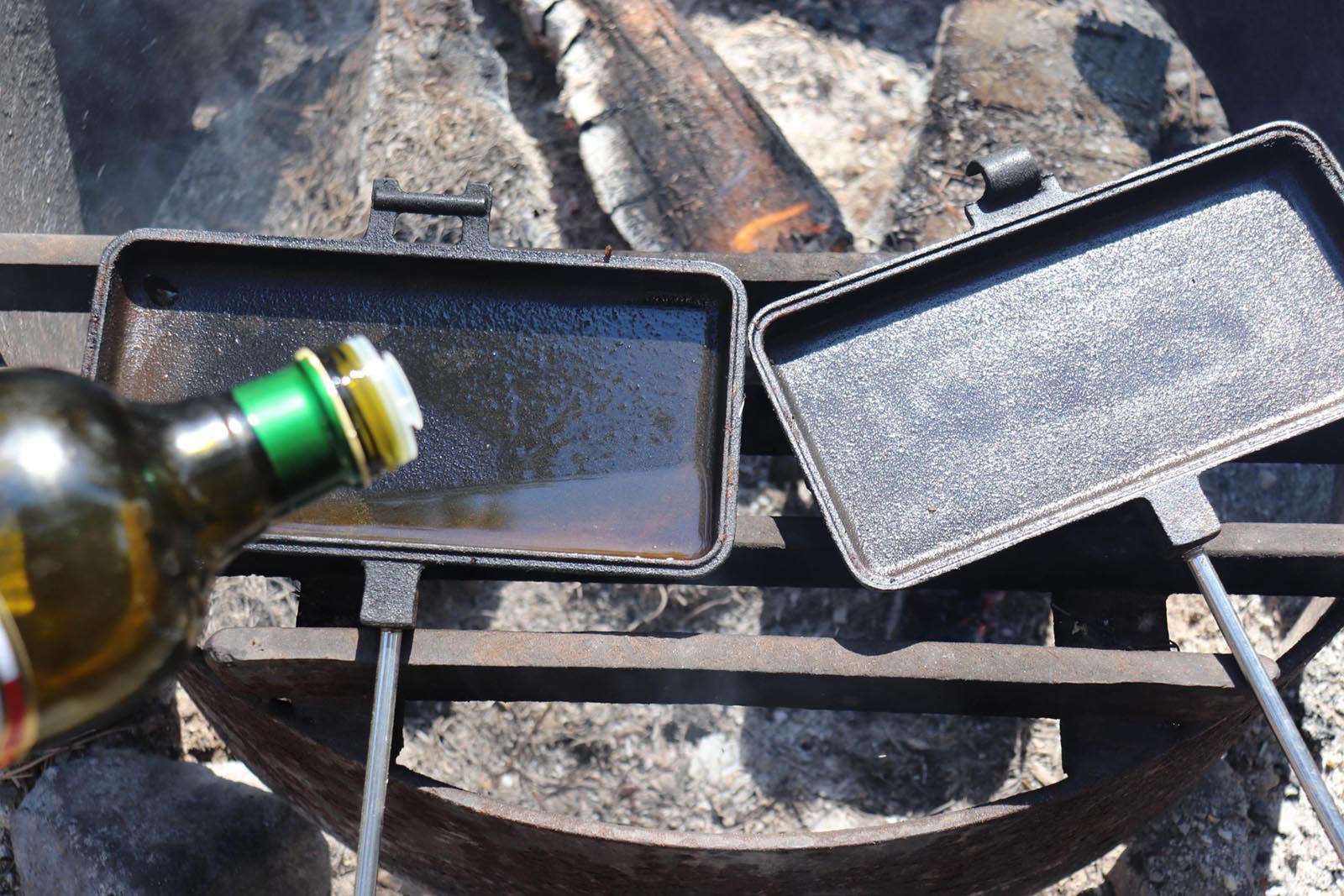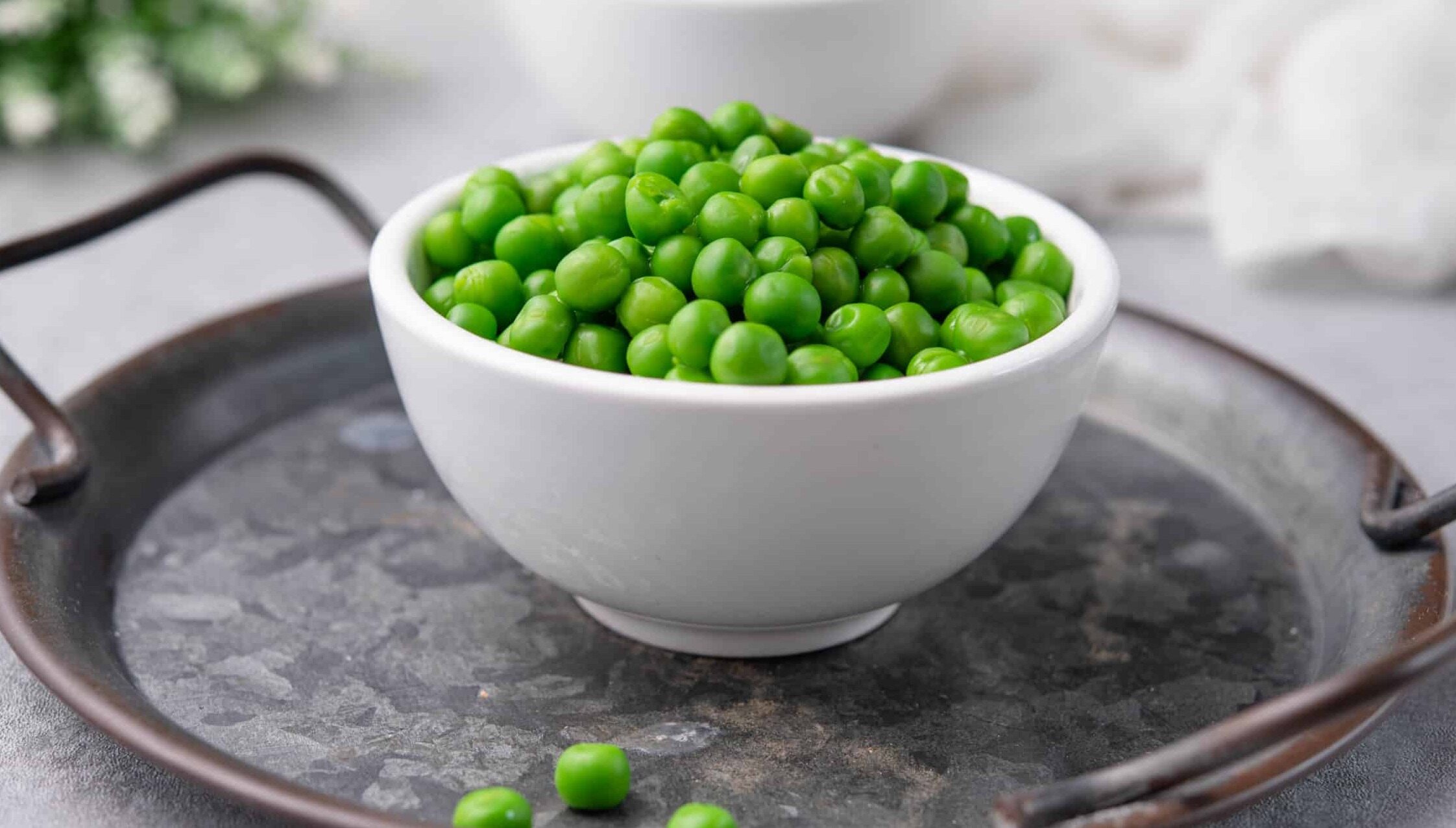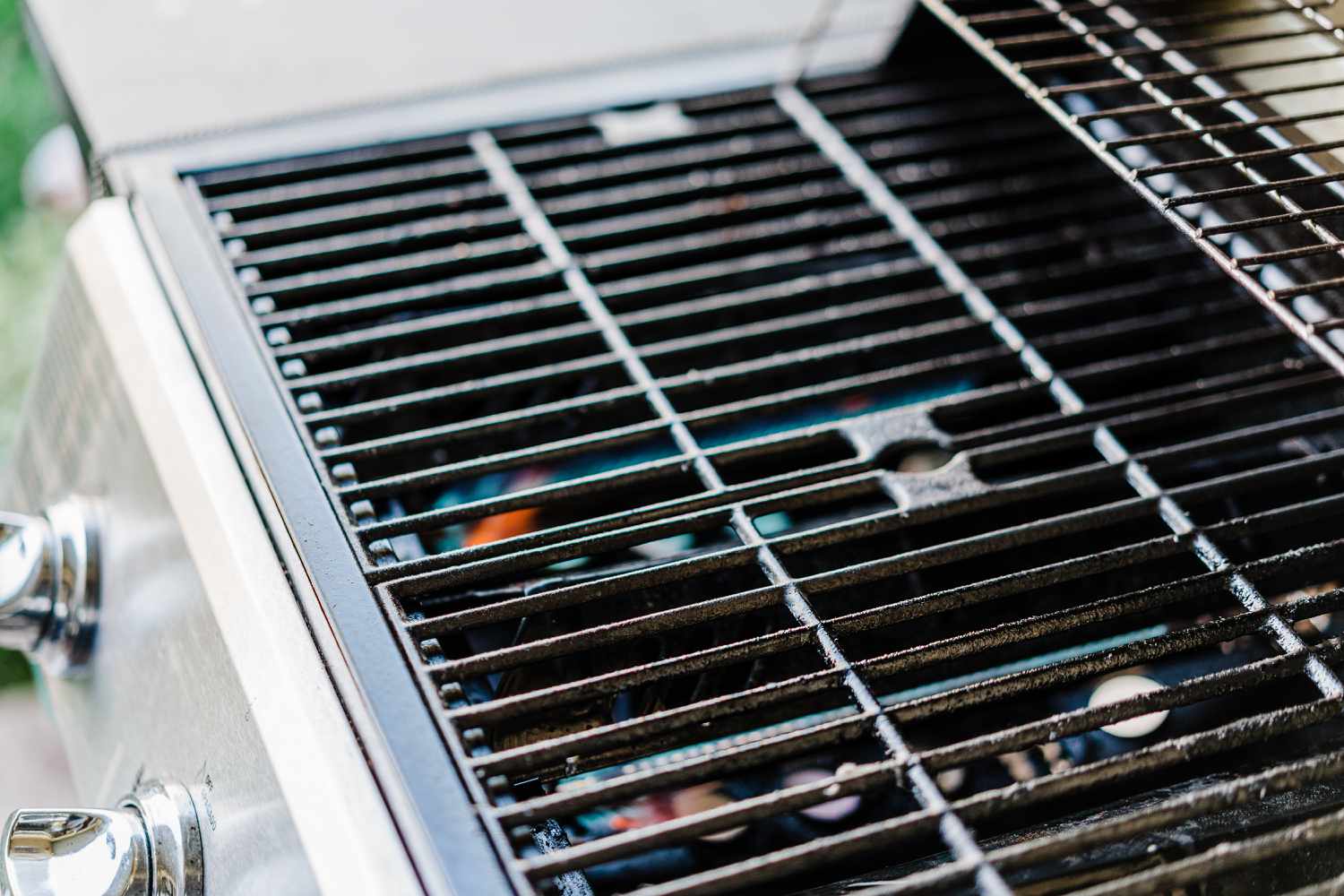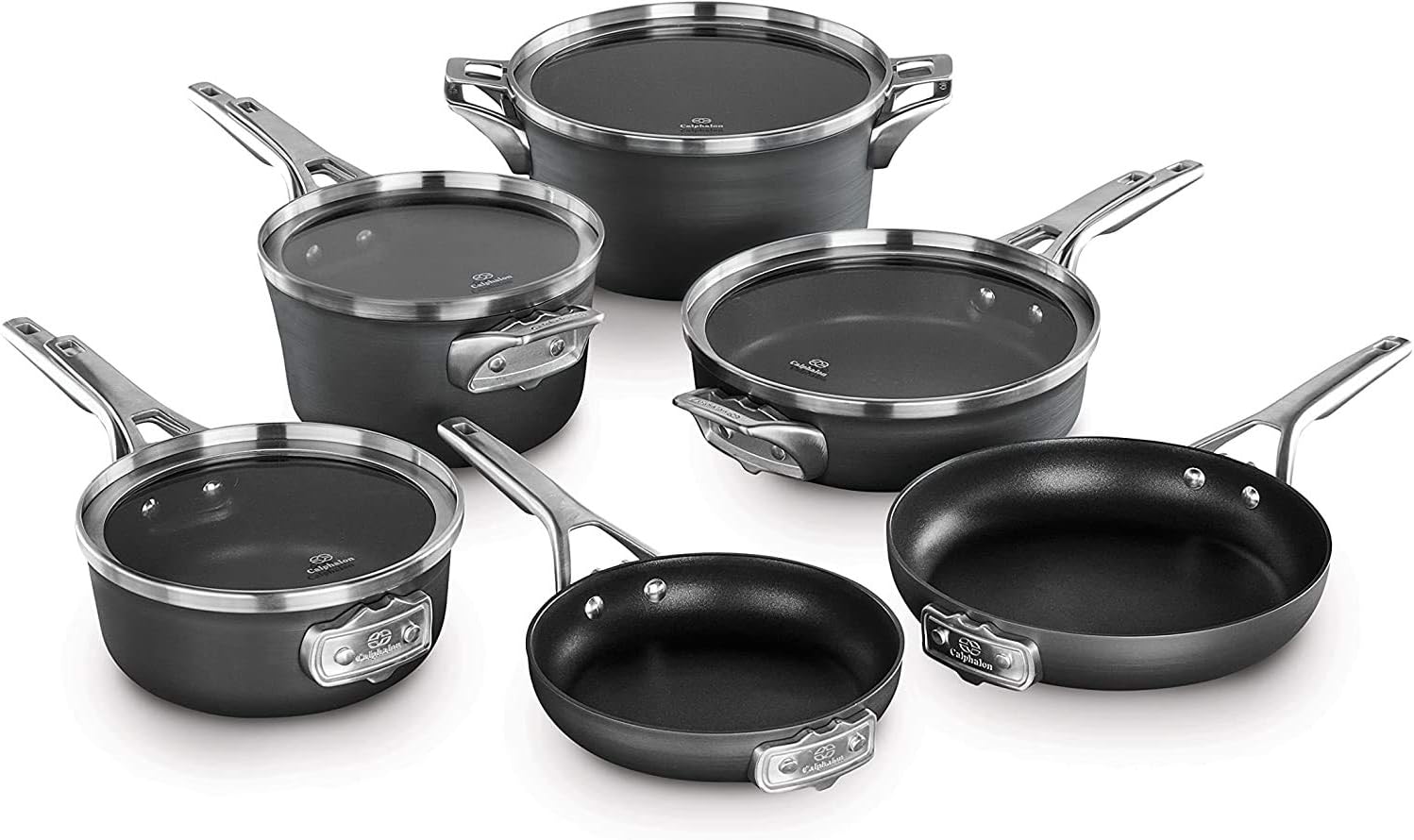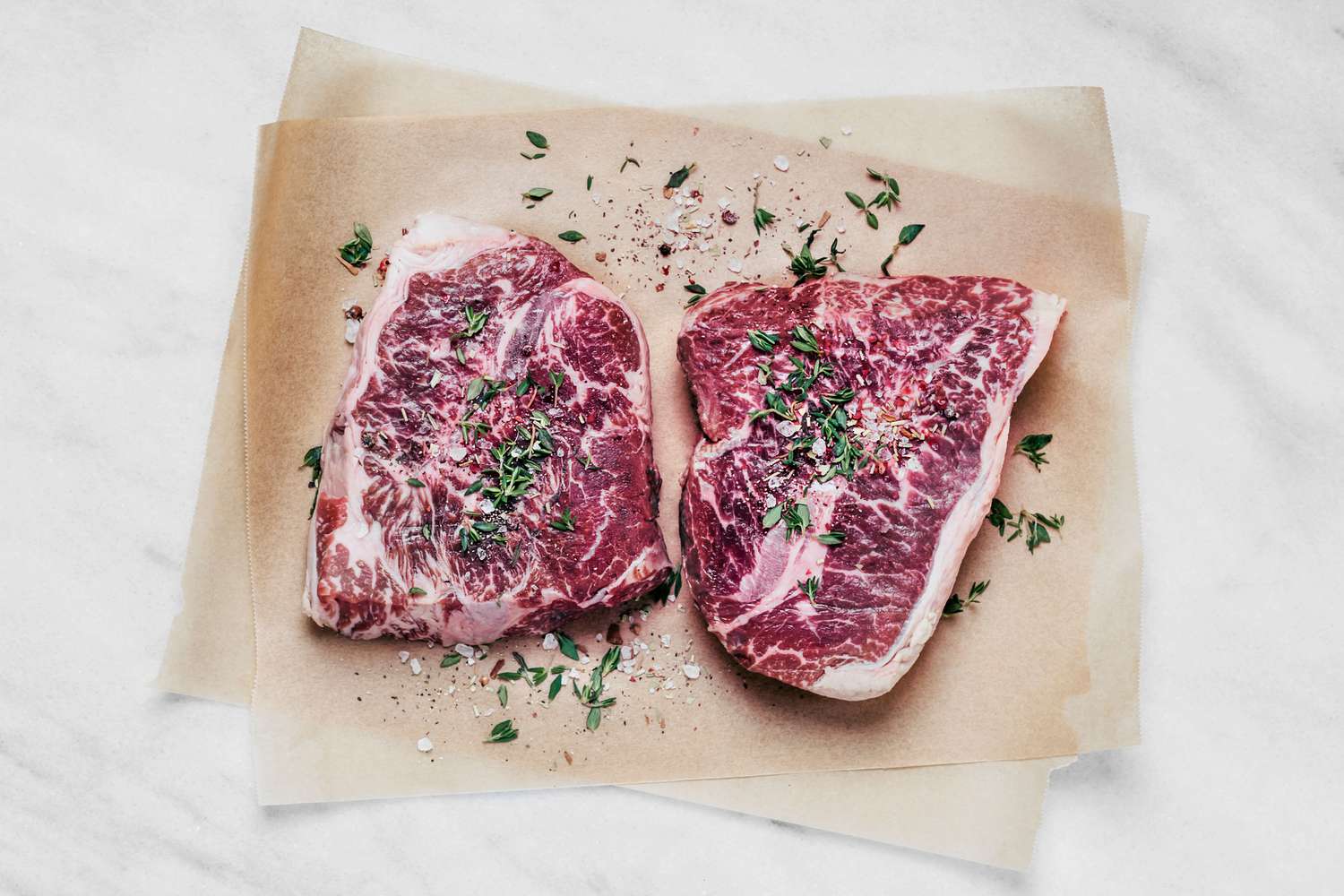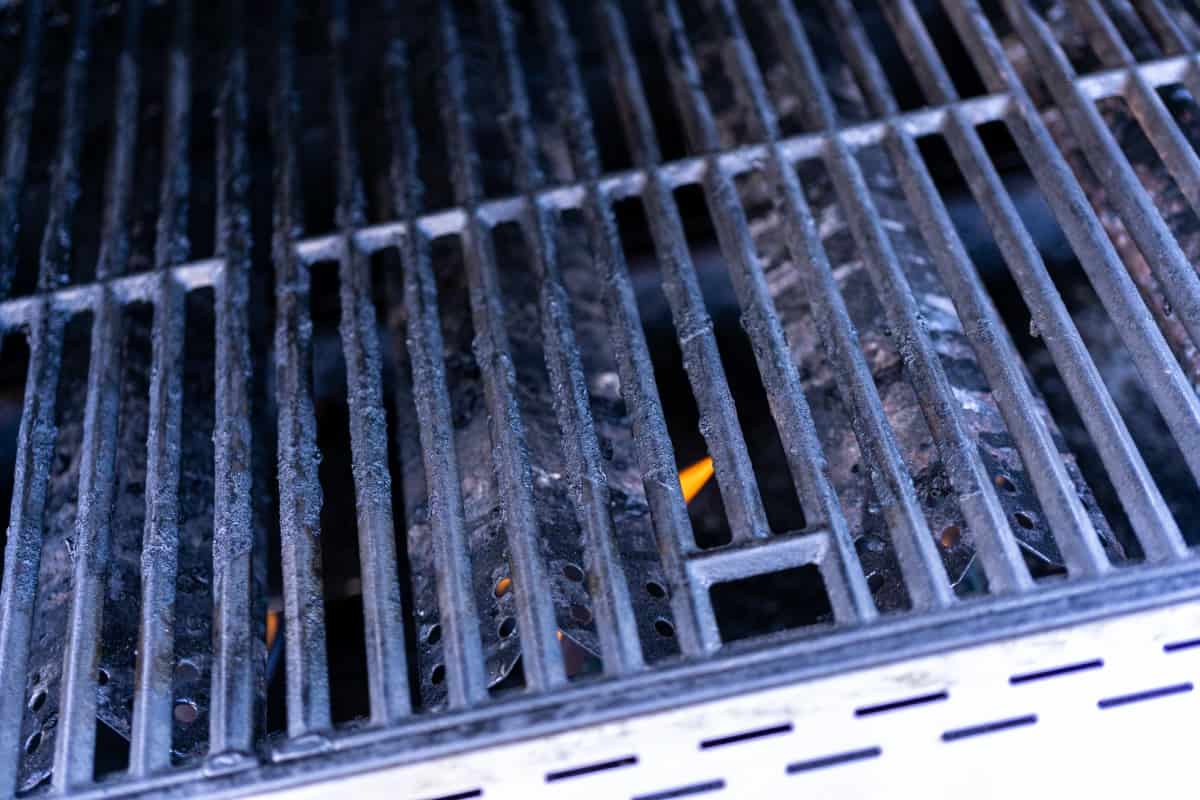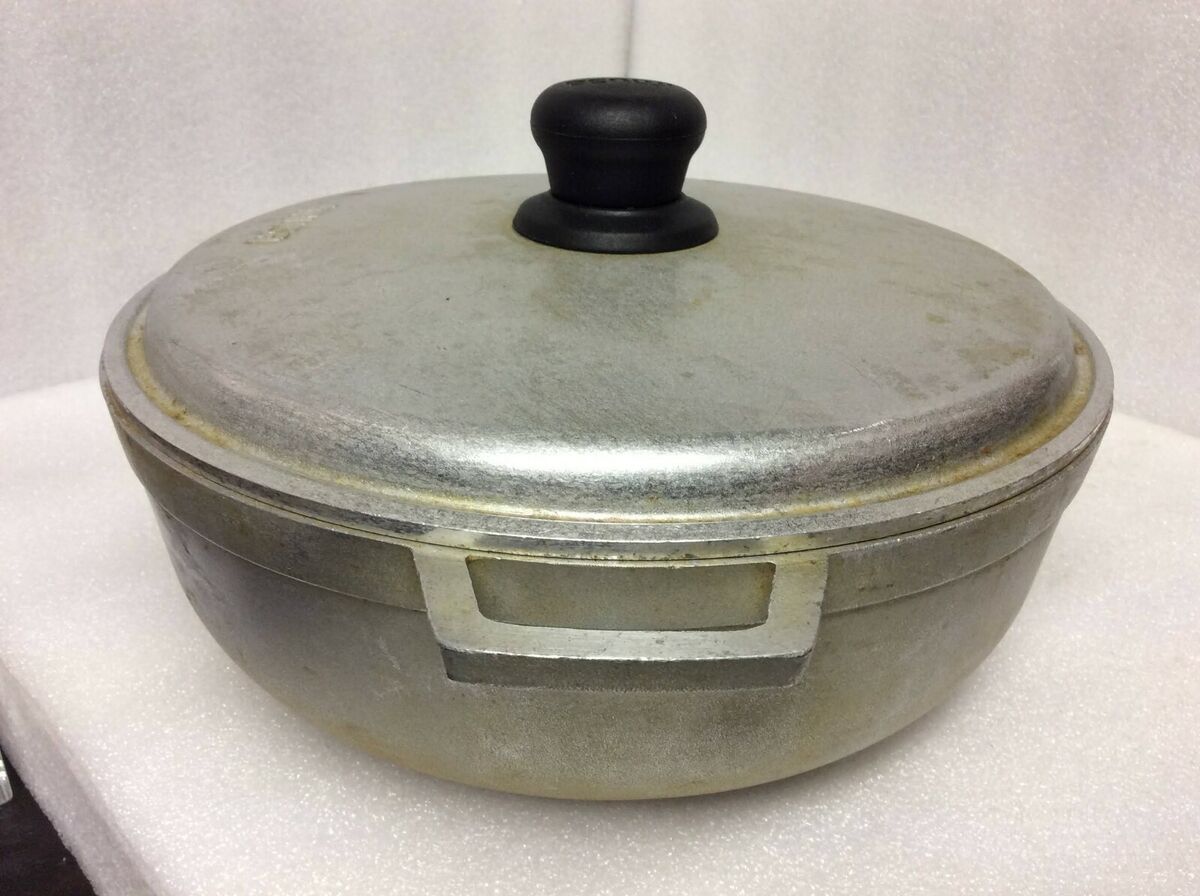Seasoning a Non-Stick Wok: A Step-By-Step Guide
Seasoning a non-stick wok is an essential step to ensure that it performs at its best and lasts for a long time. Proper seasoning creates a natural non-stick surface and enhances the flavor of your dishes. If you’re wondering how to season a non-stick wok, you’ve come to the right place. Follow these simple steps to season your non-stick wok like a pro.
Step 1: Wash and Dry Your Wok
The first step in seasoning a non-stick wok is to wash it with warm, soapy water to remove any factory residue or dust. Use a soft sponge or cloth to gently scrub the wok. Rinse it thoroughly and dry it completely with a clean towel.
Step 2: Apply Oil to the Wok
Once the wok is dry, it’s time to apply a thin layer of oil to the entire surface, including the inside and outside. Use a high smoke point oil such as vegetable oil, canola oil, or grapeseed oil. Avoid using low smoke point oils like olive oil, as they can burn during the seasoning process.
Step 3: Heat the Wok
Place the oiled wok on the stovetop over medium heat. Allow the wok to heat up gradually for about 10-15 minutes. This process opens up the pores of the metal and allows the oil to bond with the surface of the wok, creating a non-stick coating.
Step 4: Cool and Wipe
After heating the wok for 10-15 minutes, turn off the heat and allow the wok to cool down completely. Once it’s cool, use a paper towel to wipe off any excess oil. You’ll notice that the wok has developed a shiny, non-stick coating.
Step 5: Repeat the Process
For best results, it’s recommended to repeat the seasoning process 2-3 times before using the wok for cooking. Each round of seasoning will further enhance the non-stick properties of the wok and improve its performance.
Tips for Maintaining a Seasoned Wok
- After each use, wash the wok with hot water and a soft sponge. Avoid using harsh cleaning agents that can strip away the seasoning.
- After washing, dry the wok thoroughly to prevent rusting.
- Apply a thin layer of oil to the wok after each use to maintain its non-stick surface.
- Store the wok in a dry place to prevent moisture build-up.
By following these simple steps, you can easily season a non-stick wok and enjoy the benefits of cooking with a well-seasoned wok. Proper seasoning not only enhances the non-stick properties of the wok but also adds a unique flavor to your dishes. So, grab your non-stick wok and get ready to create delicious meals with ease!
Was this page helpful?
Read Next: How To Season Deer Steaks
